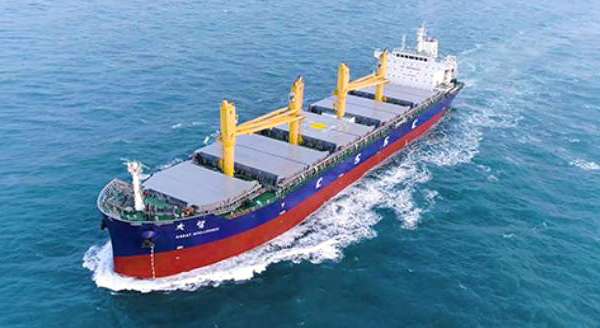
Overview
Dynamic Positioning Systems (DPS) are critical tools for maintaining the position of deep well drilling rigs on the open sea, or for piloting ships and barges to dock through crowded harbours.
Originally developed in the 1960’s for drilling rigs, today dynamic positioning systems are used in a wide variety of other important maritime applications that have nothing to do with oil production: cable layers, ocean surveyors, salvage vessels, dredging ships, floating hotels, cruise ships, the Sea Launch service, and many other types of industrial and commercial vessels all require dynamic positioning to go about their daily work. Dynamic positioning systems (DPS) have thus become one of the maritime industries’ most critical navigational aids, requiring durable and reliable industrial-grade components that may be easily integrated with existing ship technology.
One of the core requirements for a DPS computer is the capacity for easily and securely integrating a variety of already existing ship systems. The computer that will serve as the main processing hub in a DPS must be capable of conveniently linking to subsystems like gyro compasses, motion sensors, and wind sensors. For all but the most rudimentary dynamic positioning systems, this requires a computer that is capable of managing computationally-intensive automated control systems that calculate in real-time every possible effect on the ship’s position: pitch, sway, heave, yaw, roll, and surge. Thus, effective computing units for DPS are industrial-grade, high performance embedded platforms that built with processors that are powerful and reliable enough to stably crunch a lot of data in real time, even under the harsh environmental conditions found on ships at sea.
System Requirements
• Large number of native serial interfaces
• Extremely Durable reliability
• High computing performance
• Quick, effective after-sale service
Solution
One of the world’s leading manufacturers of dynamic positioning systems chose the Langer Techink® DA-682 embedded computer to be the heart of its DPS. A standard DPS workstation is served by a trio of DA-682 computers housed in two separate workstations, to protect against loss of DPS control on the open seas by providing full system redundancy at every level.
While the DA-682s fulfilled the specified durability and performance requirements, what really made the DA-682 stand out from other systems were its sixteen software-selectable serial interfaces. These sixteen serial ports come in two removable modules of eight each, and may be configured for use as RS-232, -422, or -485 interfaces.



